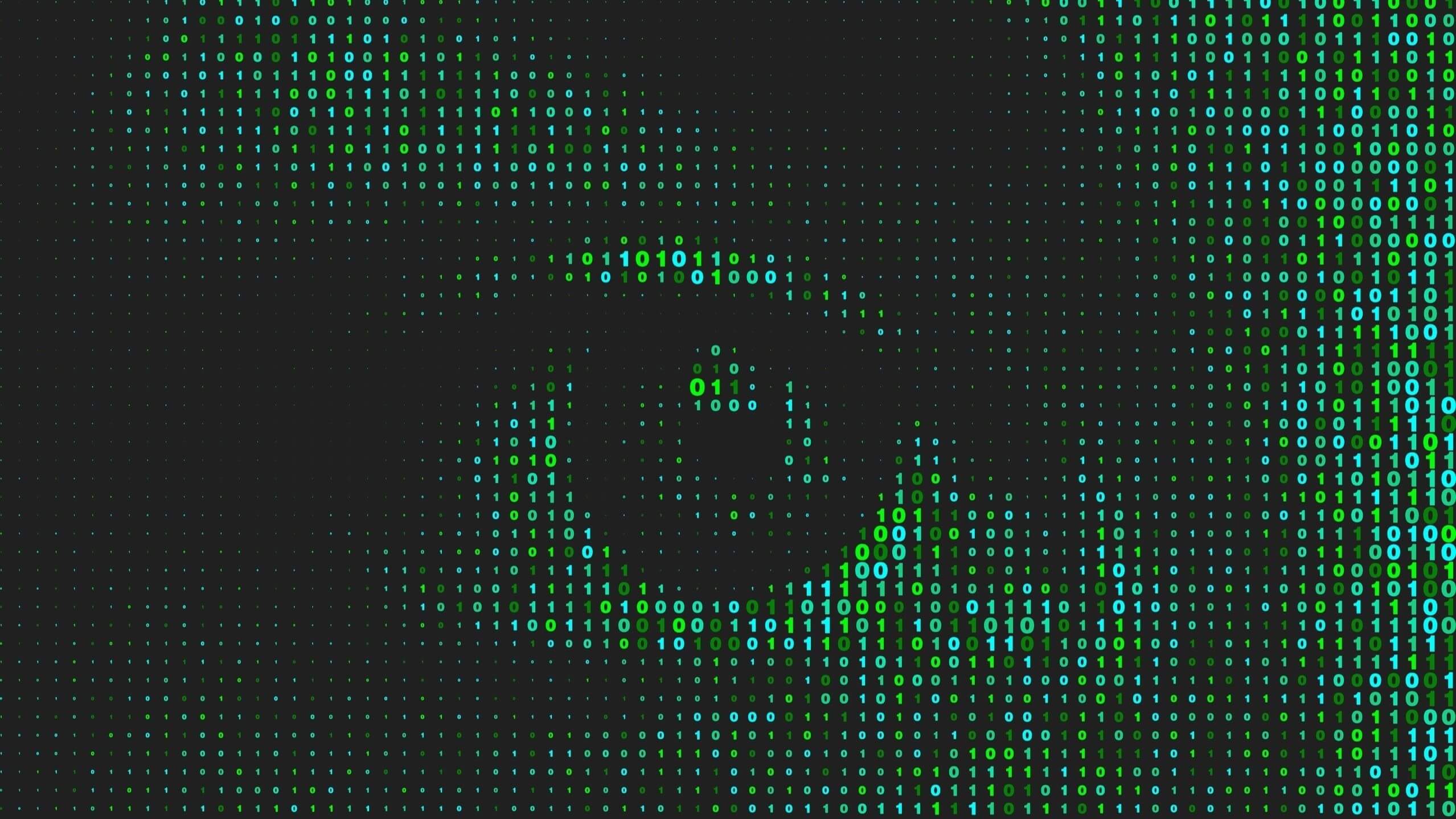
Myopia or short-sightedness is the inability to focus on or see objects at a distance and has become a common eye condition in recent decades.
It's become even more prevalent in recent years, with genetic and environmental factors leading to a myopia 'epidemic' worldwide. Over 26.9% of the UK population is currently diagnosed with the condition. The BBC notes that the prevalence is higher in countries like Singapore, which has a myopia rate of 80%. Researchers thus estimate that, at this rate, about half of the global population will need corrective lenses to mitigate it by 2050.
While having myopic parents may mean you are more likely to be short-sighted down the line, experts argue that the causes of myopia are more behavioural than genetic. Namely, today's uptick in myopia cases is being attributed to increased screen time and digital device use. Spending more time focusing on objects directly in front of our eyes — like a book or a drawing pad — causes them to prioritise near over far vision, increasing the likelihood of developing myopia. As such, while too much screen time can be detrimental to the eyes, off-screen activities such as reading a good book or drawing on paper can also affect one’s eyesight.
Given this growing epidemic, actors in eyewear and eye care are working to promote public awareness of the condition and make it easier for short-sighted individuals to treat it. In particular, they emphasise the importance of early detection and are leveraging modern technology to better address rising cases of myopia across the globe.
The importance of early detection
One of the best ways to treat myopia or short-sightedness is to detect it as early as possible with an eye exam. By going online, users can streamline the process by looking for and booking eye exams through reputable retailers. Vision Express shows how users can benefit from more than just a quick way to book these tests: integrated retail products and services mean they can get a myopia diagnosis, corrective eyewear, and treatment plans in the same place. Visitors can use its site to book both NHS-funded and advanced eye tests at its physical locations, which come with personalised treatment advice as standard. From here, those diagnosed with myopia can browse its catalogue of affordable eyeglasses and contact lenses for the necessary corrective aids.
Out of all of these aids, prescription glasses are the most common option for treating myopia. Eyewear companies include lens upgrades to add functionality for improved myopia management depending on your lifestyle. Nikon Lenswear, for instance, offers eyewear with blue light filters and anti-reflective lens coatings to prevent eye strain and further myopia progression caused by modern device use. The reason you want to stop that progression is to prevent high myopia. This more serious stage of the condition can put you at risk of vision loss through posterior vitreous detachment, retinal detachment, glaucoma, or cataracts, which is why leading organisations like the Brien Holden Vision Institute conduct awareness campaigns regarding the consequences of myopia progression.
Other ways to treat myopia
Aside from getting regular eye exams and wearing eyeglasses, there are other practices eye doctors recommend to help treat myopia. Contact lenses are a good alternative for those who find glasses uncomfortable, with newer innovations allowing for overnight lens options that can reshape the cornea and potentially reverse myopia progression. In other cases, people struggling with myopia may require LASIK or LASEK surgery. For those who have high myopia or aren't qualified to get procedures like LASIK, intraocular lenses can also be inserted. Some intraocular lens implants are carried out before a cataract develops.
As science and technology continue to develop, new and innovative solutions to myopia are constantly being developed. Google is currently testing smartphone sensors that users can leverage to capture eyeball images at home, which you can share with your eye care professional to monitor myopia progression. That way, they can adjust your treatment plan as needed. A Nature study published in February 2024 also explored the potential of a battery-free eye modulation patch for high myopia therapy.
The system can be wirelessly powered and controlled using external ultrasound to shorten the axial length precisely by driving the posterior sclera inward. This helps ensure accurate scene imaging on the retina for myopia eye. Researchers propose this is more effective than current surgical methods and may become the leading myopia treatment moving forward.
Thanks for signing up to Minutehack alerts.
Brilliant editorials heading your way soon.
Okay, Thanks!